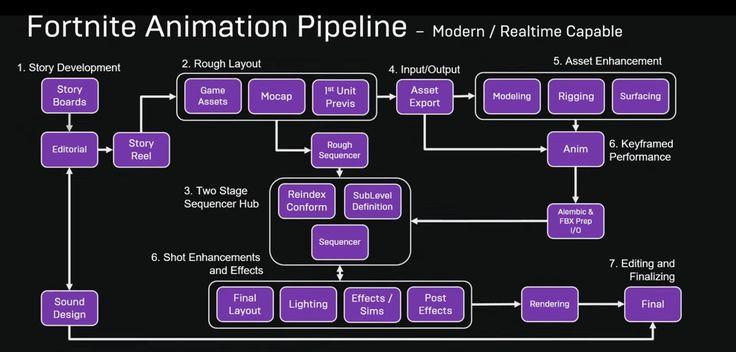It's a more holistic approach to marketing that works across multiple channels, integrates both inbound and outbound strategies, and supports various stages of the customer journey.
Content marketing plays a pivotal role in demand generation. By producing high-quality, relevant content—such as blog demand generation posts, white papers, eBooks, infographics, videos, and webinars—businesses can educate their audience about their products or services, as well as provide valuable information that aligns with the needs of potential customers. Content marketing serves as a means of capturing attention, building trust, and establishing the company as a thought leader within its industry.
Lead Nurturing
Demand generation isn’t only about generating leads but also about nurturing them. Lead nurturing involves guiding prospects through the buyer’s journey with tailored content and personalized communication. Through targeted emails, social media posts, and retargeting ads, businesses can continue to engage with potential customers, delivering value and maintaining interest until the prospect is ready to make a purchase decision.
Inbound Marketing
Inbound marketing is a central pillar of demand generation. It focuses on attracting potential customers through valuable content and experiences rather than interrupting them with traditional ads. Inbound tactics like search engine optimization (SEO), social media marketing, and email marketing work together to attract prospects, capture their interest, and convert them into leads.
Account-Based Marketing (ABM)
For B2B companies, account-based marketing (ABM) is an essential strategy in demand generation. ABM targets specific high-value accounts rather than casting a wide net. By customizing campaigns for particular companies or industries, ABM ensures that messaging and content are highly relevant and personalized, making the company’s offering more appealing to decision-makers in those accounts.
Marketing Automation
Marketing automation tools help streamline the demand generation process by automating repetitive tasks like email campaigns, lead scoring, and data analysis. This enables businesses to nurture leads more efficiently, ensuring that prospects receive timely and relevant information based on their behavior and engagement with the brand.
Paid Advertising
While organic strategies like content marketing and inbound tactics are important, paid advertising can also play a critical role in demand generation. Paid search ads, display ads, and social media ads help businesses reach a wider audience, increase visibility, and generate more traffic to their websites. Through paid channels, businesses can directly drive potential customers to landing pages designed to convert them into leads.
The Demand Generation Funnel
Demand generation typically follows a funnel-like structure, where prospects are attracted at the top, nurtured in the middle, and eventually converted into paying customers at the bottom. The funnel consists of several stages:
Awareness
At the top of the funnel, the goal is to attract prospects and build awareness. This is where demand generation campaigns begin by introducing the brand to a wider audience through engaging content, social media, ads, and other strategies.

